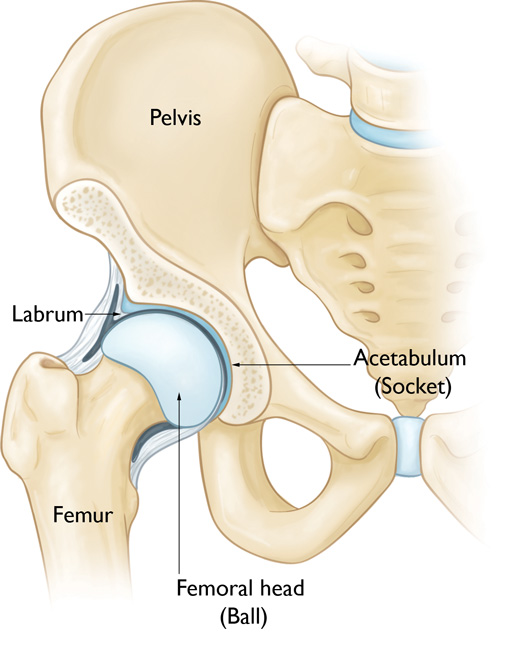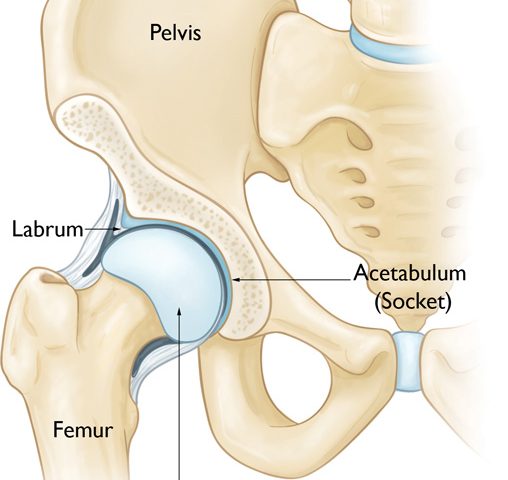
Pain Neuroscience Education
August 7, 2017
Stripping Your SCM
September 4, 2017 Hip and Lower back conditions are often interrelated, and there’s often a nasty domino effect of injuries. For example, reduced hip extension will prevent fluent pelvic movement during running, forcing lower back into a more extended position, resulting in possible, lower back tension and or pain.
Hip and Lower back conditions are often interrelated, and there’s often a nasty domino effect of injuries. For example, reduced hip extension will prevent fluent pelvic movement during running, forcing lower back into a more extended position, resulting in possible, lower back tension and or pain.
Tense lower-back muscles can contribute to piriformis syndrome which in turn can cause inflammation of the sciatic nerve. Not only can this be a painful experience, but it makes it rather difficult to track down the source. Often, these injuries in the hip or buttock tend to cascade from lower-back strain or injury.
Lower Back Pain
Likely causes:
Back pain is a strange and mysterious thing. Every time your feet hit the ground, the shock is transferred up your legs to your hips and spine, and any biomechanical irregularity or imbalance can ultimately cause lower back pain. It could be that you have flat feet, and your over-pronation is causing a back ache. It could be that one of your legs is ever-so-slightly shorter than the other, or your hip anatomy has limited movement resulting in over use of lower back structures. You could have an excessive curve in your spine. More seriously, one of the discs between the vertebrae of your spine could be degenerating.
Back pain can be a tough mystery to solve, but with the right therapist or doctor’s help you should be able to track down the cause. Firstly you have to rule out common back disorders such as joint or disc related problems, muscle damage or spasms of lower back and organ related lower back pains. You may find that the pain is not directly contributed to the lower back alone, weak abdominal and lower back muscles have been shown to cause lower back pain, also a major contributor can be the hip and lower limb.
Hip Pain
Hip pain can have several different factors, there are a lot of congenital conditions such as dysplasia which we are born with. These conditions often go unnoticed and much like a CAM lesion or FAI (Femoroacetabular Impingement) will not always present pain until later in life. All these conditions play a vital role in movement as they are all related to the joint itself, they basically dictate how the hip will move for the rest of your life as they are all joint related conditions.
Hip dysplasia is when the hip socket is shallow or the hip joint is the wrong shape and fails to completely support the femoral head. A joint that is the wrong shape or shallow will wear out faster than one that has a more normal shape. The smooth surface of the joint has a thin layer of cartilage that can’t be repaired or re-grown by the body. This cartilage surface needs to last a lifetime, or stiffness and pain can occur as the joint wears out.
FAI is ‘impingement’ or abnormal contact between the ball (femoral head) and socket (acetabulum) of the hip joint.
CAM lesion (or femoral neck ‘bump’) refers to the abnormally shaped femoral head which comes into abnormal contact with the edge of the hip socket, thus limiting the range of movement in the hip. This contact frequently results in damage (or tears) to the cartilage along the rim of the socket (ie. the labrum) or to the cartilage lining the socket (ie. the articular cartilage). Tears of the hip ligament (ie. ligamentum teres) may also result.
All of these conditions can be exasperated by trying to do exercises (movements) our joints aren’t capable of, most of these conditions are created by what sports we have done as children, and this means the hip joint is set and cannot not be changed without surgical interventions. Most people will not get pain unless their chosen exercises or sports demand a lot more movement than their bodies are capable of, most of the time we pass the pain off until it’s too late to do anything about, surgical interventions earlier in the pain process can help reduce chances of developing HIP OA (Osteoarthritis) or needed to have an early hip replacement.
Treatment of cam type FAI involves removing the cam lesion and restoring normal bony anatomy. This prevents further impingement and the hip is protected from further damage. Range of motion is also improved. This treatment can be performed via minimally invasive ‘key-hole’ surgery (hip arthroscopy)
Non – surgical Treatments
Specific exercises for lower body can help strengthen and prevent lower back and hip pain, most people don’t incorporate a multitude of exercises or warm ups for lower body, most of the time we see people going for a run and they haven’t warmed up, mobilised and stretched properly plus their training program is always the same movements, repeated weekly and doesn’t involve any unilateral (single sided) strengthening movements. Simply put they go for a run and spend the first 10 mins of the run “warming up”.
Running generally tends to cause strength imbalances between lower limb and upper limb muscle groups. We always have a dominant side, therefore we subconsciously tend to use that more during exercise, add tight muscles such as hamstrings, another common condition among runners, and you have a nifty recipe for back and hip pain.
The best way to determine if your pain is coming from the back, hip or lower leg is to do a functional movement screen or get an assessment by a therapist who will incorporate the whole body system rather than just rubbing your back and presuming that’s the reason for your back pain.
Hip pathologies on average go undiagnosed for 4-7 years, which can result in developing arthritic conditions or even requiring joint replacement surgeries, this means that the reoccurring lower back pain isn’t necessarily from your back, it can be starting somewhere else and your lower back is the main driver of the movement because of muscle tension and or imbalances.



